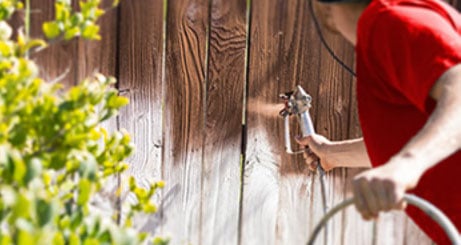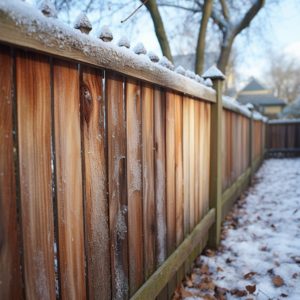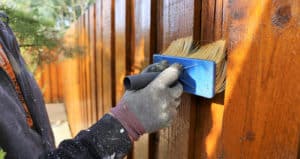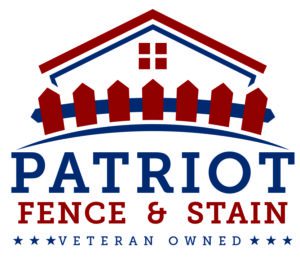Factors That Affect The Cost To Stain A Fence
There are a few factors that play a significant role when it comes to expenses. It depends on the fence’s condition, such as the size of the fence wall, length, height, and geographical region.
The taller the fence, the higher would be its staining cost, as staining a tall fence is very time-consuming, and require more solution.
Many homeowners spend $5 – $10 per linear foot for painting a 6′ privacy fence, and $2 – $5 per foot for painting a 4′ picket fence. The overall project usually costs between $750 and $4,000. Because of the few main factors mentioned above, there is a considerable variation in its price.
Cost factors:

Height and size: The height and size are the most significant determining factor in the the cost to stain a fence or repainting your fence.
- An 8′ privacy fence can take up an increased amount of paint than a 4′ picket fence.
- Any fence would need at least two coats of paint, the base coat, the primer to preserve the wood’s consistency, and the second solid coat.
Color Options: when it comes to painting or staining, color choice is a big issue. Ideally, the paint or stain you pick will improve a house’s natural appearance. The brand of stain can also affect the cost to stain a fence
- If your house is a chic cottage-style home with a picket fence, then a clean white paint will be an ideal option, whereas a dark stain would be better for a rustic-style home.
- Other items to consider when selecting a color are the general look of the neighborhood houses and certain community restrictions or fencing policies.
- The color you choose will determine how many paint or stain coats are required for even coverage.
Stain vs. Paint: The preference for stain or paint can also affect the cost to stain a fence.
- Stain costs a little more than painting because you would need more.
- Stain can usually last longer and, in the short term, require less maintenance.
| Painting | Staining |
| Est. $36 gallon | Est. $50 gallon |
| Less gallon can cover large areas | Requires more gallons for more coverage |
| With time, the paint peels off from the fence; have to repaint in 3-4 years | Color can fade over time; does not require frequent re-application |
| Extra preparation increases the cost | No extra preparation |
| Carries lower initial cost | Carries higher initial cost |
To conclude, painting is more expensive than staining. Although different brands have different price ranges for different types of fence. The cost would vary on the staining you choose.
Spray and paint rollers: Another major factor in fence painting costs in determining to use paint rollers or a spray tool.
- Using paint rollers can turn the project into physical labor and might become time-consuming, but it can be cheaper.
- Even though spraying is quicker and gets the work done rapidly, it may turn out needing additional paint (up to three times as much!). It can also add up to using more color.
Labor cost: A specialist will charge you either per linear foot or per square foot of the area of the fence. A homeowner or hobbyist charges an average of $8 per linear foot or $1.50 per square foot.
Each fence staining agency has different ways to measure its labor costs. Most contractors are going to do it by total square feet, and others are going to estimate costs per hour.
The design, condition, and size of your fence will increase the labor cost.
When it comes to cost, the price of brush, spray, roller, and other safety supplies may also add up. All these items will relate to how expensive or cheap the cost will be to polish your fence, but you must also consider if it is more affordable and eventually employ a specialist to do the work for you.




